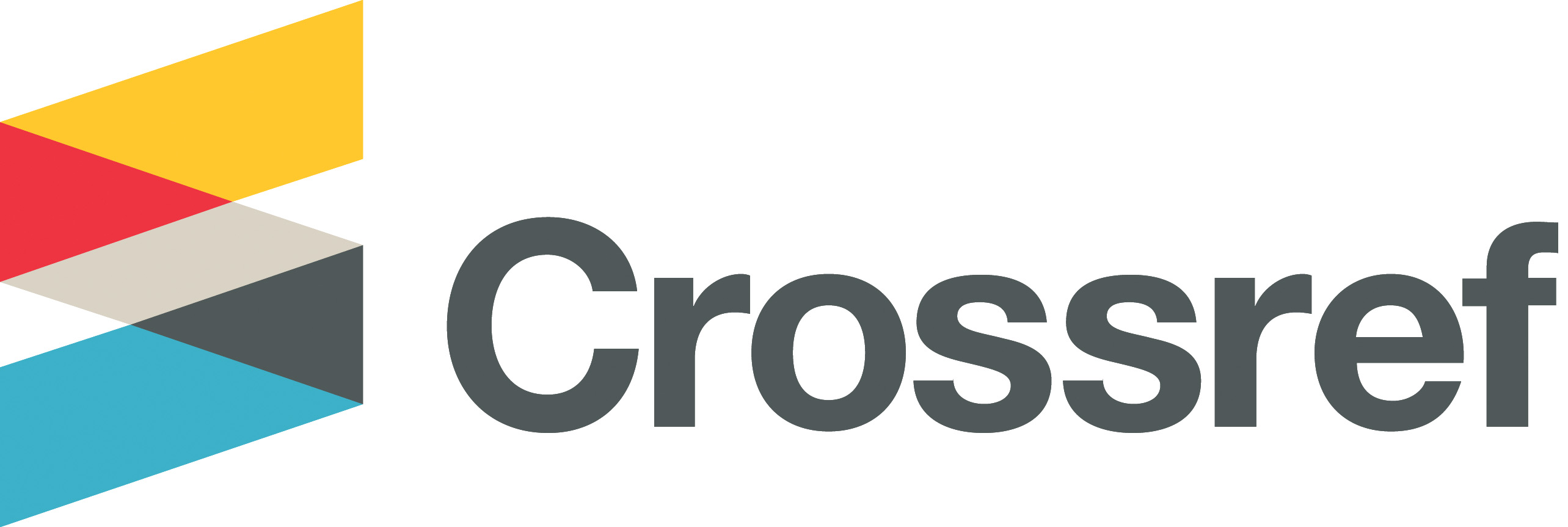The propaganda content of the elements of expression in the face of the promotion of terrorist thought
(Military information of the popular crowd model)
DOI:
https://doi.org/10.33282/abaa.v10i40.50Keywords:
Image, content, expression, Military, popularAbstract
The propaganda war is one of the most dangerous weapons used in various conditions of war and peace within any intellectual, political or military conflict to be targeted by multiple social groups and their effects on the intellectuals to change the viewpoints at the local and global level, including the use of technical treatment of the audio and visual medium, The impact of the psychological dimensions of the arms in the confrontation and spread terror in the ranks of the enemies and in the forefront of what Iraq faces in its battle against the And the use of it as a propaganda content contributes to the development of the spirit of tranquility and tranquility in the hearts of Iraqis and the return of the right to the owners “that artistic expression cannot be achieved not through something to turn into that exciting or sensory stimuli .... Only after the hand of the artist has spread to them created from them Aesthetically felt “(), hence the problem of research in the following question: What is the role of the elements of cinematic expression as an intermediary within the structure of the work of art to counter the promotion of radical ideas for the terrorist?
Downloads
References
Second: Dictionaries and Encyclopedias
1 - Salibia, Jamil, 1982, the philosophical dictionary, C 1, Beirut, the Lebanese Book House, p.301
2 - Ibraheem, 1983, Philosophical Dictionary, Cairo, Arabic Language Complex, General Authority of Amiri Printing Press, p. 48.
Third: The sources of translated foreign books
1- Erkun, Daniel, 1997, Cinematic Grammar, by Ahmed El Hadary, Cairo, Egyptian General Book Organization, p. 427.
2. Pritz, Rudy, 1970, Art Techniques in Television Production, by Anwar Mohammed Khorshid, Cairo, The World of Books, p.
3. Daley, Kane, 2002, The Encyclopedia of the Art of Film Production, I, v. Robert Abdel-Masih, Beirut, Arabic Encyclopedia, 285.
4 - Janetti, Louis Dee, 1981, Understanding the cinema, see: Jafar Ali, Baghdad, Dar al-Rashid Publishing, p. 41, 246, 272.
5. Lesa, Sofia, 1997, Aesthetics of Film Music, by Ghazi Manafikhi, Damascus, Ministry of Culture Publications, p. 6.
6. Martin, Marcel, 1964, Cinematic Language, Cairo, Egyptian General Establishment for Composition, Translation, Printing, and Publishing, p. 203,206.
Fourth: Sources of Arabic books
1- Hassanein, Ahmed Taher et al., 1988, The aesthetics of the place, I 1, Morocco, the eyes of the articles, p30.
2 - Khulousi, Nateq, 1991, articles on television, Baghdad, House of Cultural Affairs, p. 150
3. Dulaimi, Abdelkader Khalaf, 2005, Technical Techniques in Writing for Radio and Television, Baghdad, Faculty of Fine Arts, p149.
4. Mr. Alaa Abdel Aziz, 2008. The Film Between Language and Text, Damascus, Ministry of Culture Publications, p 46.
5. Shukri, Abdel Majeed, 2000, Radio drama, 1, Cairo, Arab Thought House, p. 33.
6 - Abdul Rahman, Ayad, 2009, the concept of color and its implications in historical studies, Baghdad, House of Cultural Affairs, p171.
7. Mind, Anshwa Soliman, 2008, Radio and Television Production, I 1, Cairo, The Arab House for Publishing and Distribution, pp 176, 121, 161.
8. Judges, Mohamed Falah, 1994, A TV and Film, I 1, Jordan, Dar Al Fikr Publishing and Distribution, p. 186.
9- Mohammed Saeed, Abu Taleb, 1990, Research Methods, Baghdad University, College of Fine Arts, Dar Al-Hikma for Printing and Publishing, p. 94.95.
10- Marai, Hassan, 2003, how to write a television representation of the rules of building a scenario, dialogue, and plot, 1, Beirut, Rashad Press for printing, publishing and distribution, p.16
11. Al-Nasir, Yassin, 1986, The Novel and the Place, Baghdad, Dar al-Sha`al al-Kahlafiya, p.
12-.Al-Hashemi, Taha Hassan, 2010, Naturalization Scenario, 1, Cairo, Cultural House Publishing, p. 48.
Downloads
Key Dates
Published
Issue
Section
License
Authors retain copyright and grant the journal right of first publication with the work simultaneously licensed under a Creative Commons Attribution License (CC BY 4.0) that allows sharing the work with recognition of authorship and initial publication in ABBA journal.


















